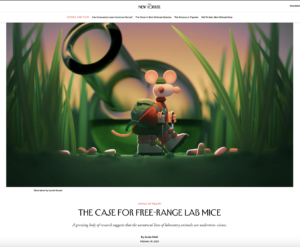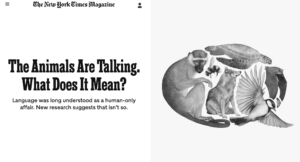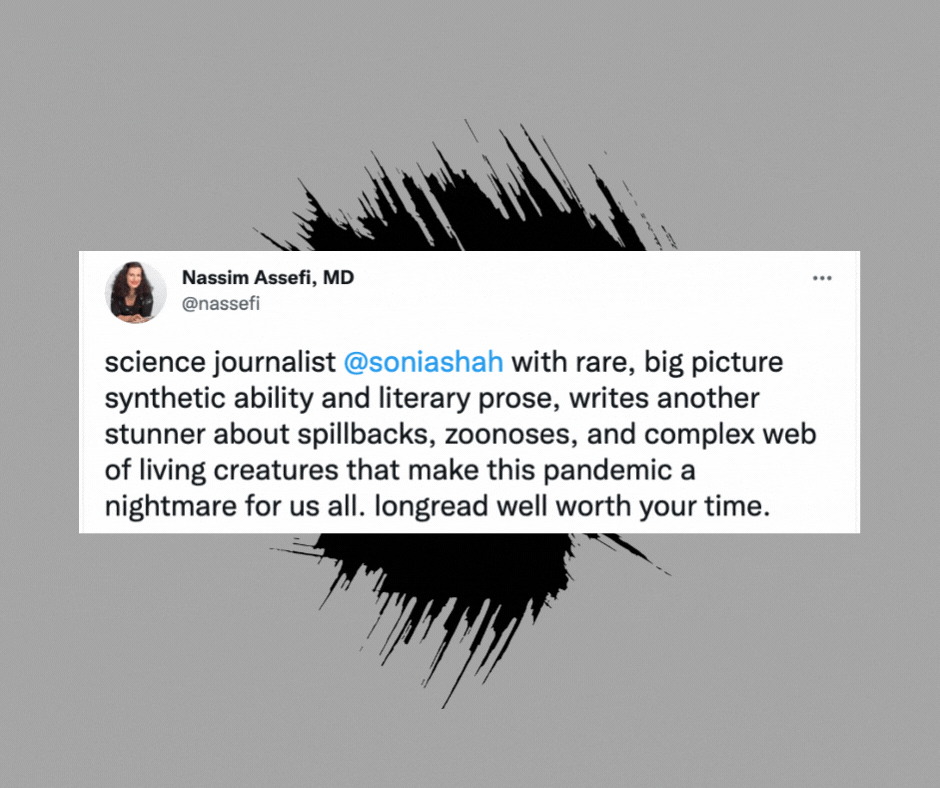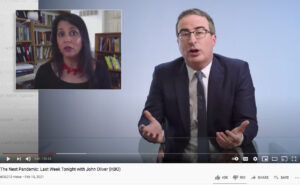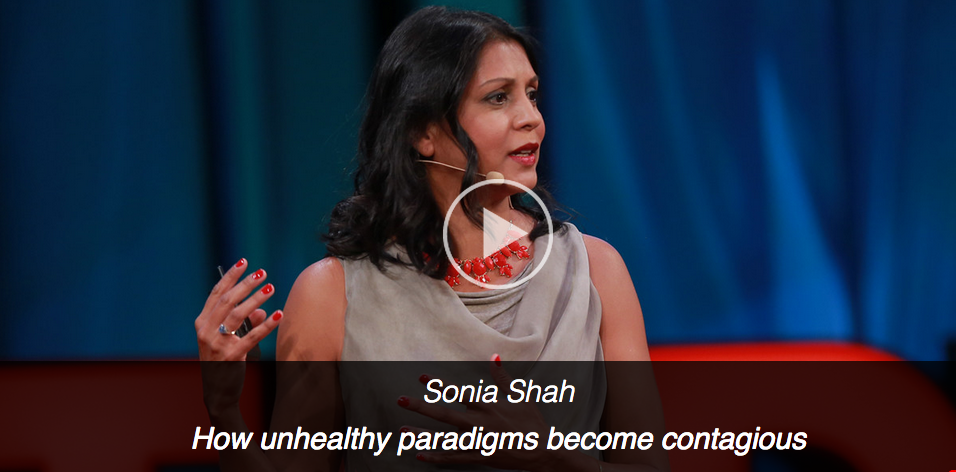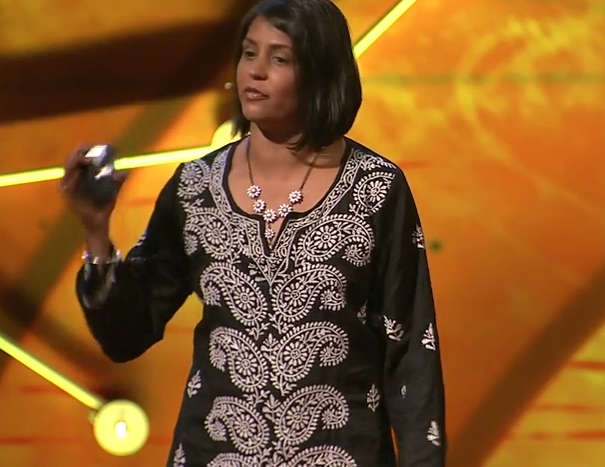My latest article, on the role of pesticide exposure on emerging new wildlife diseases–including white nose syndrome in bats, chytrid fungus in amphibians, and colony collapse disorder in bees–is coming soon on Yale’s e360. Stay tuned for the URL!
Category: Disease and Ecology (Page 3 of 3)
My story on climate and the spread of new diseases is now online! Check it out at e360.
My critical review of Lara Santoro’s book on international health journalism appears in The Lancet sometime this month. Link will be forthcoming. In other news from The Lancet, a new study found that 6 weeks of daily nevirapine given to the breast-fed babies of HIV-positive mothers reduced the babies’ risk of getting the virus from their moms by 15%…but six months later, as many were infected as controls.
The reason to even consider giving nevirapine (which has adverse effects in over 30 percent of infants and also can complicate AIDS therapy if it becomes necessary later on) to these babies is because their families lack access to safe drinking water with which to feed them, and so must be fed mothers’ milk despite its contamination with HIV virus. Some of the authors say, it’s a terrible situation, but the drug kind of works, a little bit, so let’s do it, it is better than nothing.
But why is it that it is possible to go to rural and impoverished places and provide tiny little babies with sick mothers pricey, sophisticated foreign-made pills EVERY DAY for weeks on end….and NOT possible to clean up the water?
In a highly unusual move, some of the study’s own authors asked the very same question. Check it out here.
My new website, ResurgentMalaria.com, launched this week in advance of World Malaria Day on April 25. ResurgentMalaria.com explores the politics and history of malaria, one of humankind’s most fierce scourges. This is a disease we’ve known how to prevent and cure for over 100 years, but which still infects 500 million a year and kills over 1 million. Why that is is the subject of ResurgentMalaria.com. (Clue: it’s a bigger problem than just a failure of donations for bednets or grants for vaccine research.)
Check out a podcast about ResurgentMalaria.com from the UN Millennium Campaign here. And a blog post from Prescription Access Litigation (PAL) here.
Newsweek’s short piece on malaria in Africa (September 24, 2007) is full of misinformation and mythology. For example, there has never been any continent-wide malaria control in Africa, as the lead sentence brazenly states; mosquitoes develop resistance to DDT by exposure to brand-name pesticides sold by Western chemical companies like BASF and others, not just by African farmers illegally using DDT on their fields; the main reason DDT wasn’t used in Africa for so long is because the EU and others told African farmers they wouldn’t buy their farm products if they did; and there’s evidence to suggest that malaria problem in Zambia has not gotten better, it has been worsening, and the mining companies’ whose work the article lauds have been the subject of riots.
None of these counter-points are speculative but near-consensus opinions in the malaria field. It is strange to see the mainstream press diverge so much from expert opinion: smells to me like politics eclipsing science.
Check it out: The Doomsday Spray: To fight malaria, African nations are turning to DDT.
I recently asked a bunch ofnurses at a NIH-funded malaria research clinic in Malawi where all thelocal malarial mosquitoes bred, and they answered in unison–“in theswamp.” Not so, said the mosquito biologist in the next building over.In fact the bugs that were killing their patients nursed their young inthe puddles right outside the hospital’s unscreened windows.
To think that we could develop a man-made mosquito–our ownsuper-mozzie–more adept than those in the wild, with their greatdiversity of habits and lifestyles greatly underestimates the wilinessof these dappled flies. Stalked by pathogens, relied upon by no creature,these insects have thrived for over 100 million years, in almost everyplace where the sun shines and the rain falls, however seldom. They’refantastically good at it. Some GM mosquito might beat a few of thesehardy survivors, in some places, at some times, but they couldn’t beatthem everywhere.
GM mosquitoes surely will teach us somethingabout the spread of malaria but they won’t end it. As with DDT, there’sno one-size-fits-all solution to malaria, our most ancient scourge, tryas we might to find one.
Tina Rosenberg’s long opinion piece in today’s New York Times brings much needed attention to the plight of “poor people’s diseases,” from sleeping sickness to tuberculosis (“The Scandal of ‘Poor People’s Diseases,’” New York Times, March 29, 2006). But her argument about malaria—that more DDT would vanquish the disease—is all wrong.
The basic gist of the argument is thus: Americans wiped out malaria using DDT, but because über-green Rachel Carson crusaded against the insecticide in Silent Spring, we self-righteously deprived the rest of the world of the miracle toxin. Two conclusions can be drawn from this little tale. One: post-Carson environmentalists have the blood of Africans dripping from their hands. Two: To quote from the title of a previous Rosenberg story on the subject, “What the world needs now is DDT (New York Times, April 11, 2004)
There are several problems with this story. The first is that DDT didn’t wipe out malaria in the United States.
For the rest of this piece, please see http://www.thenation.com/doc/20060417/shah
To think that we could develop a man-made mosquito–our own super-mozzie– more adept than those in the wild, with their great diversity of habits and lifestyles greatly underestimates the wiliness of these dappled flies.
Stalked by pathogens, needed by no creature, these insects have neverthless thrived for over 100 million years, in almost every place where the sun shines and the rain falls, however seldom. They’re good at it. Some GM mosquito might beat a few out, in some places, at some times, but they couldn’t win everywhere. As with DDT, there’s no one-size-fits-all solution to malaria, try as we might to find one.



